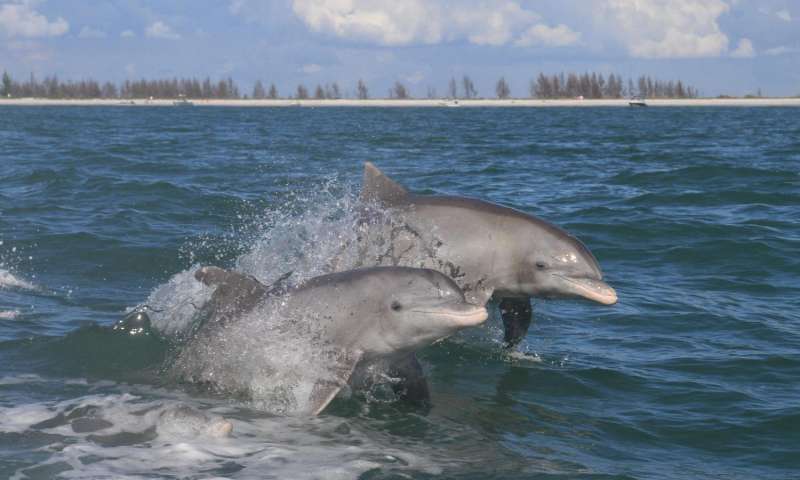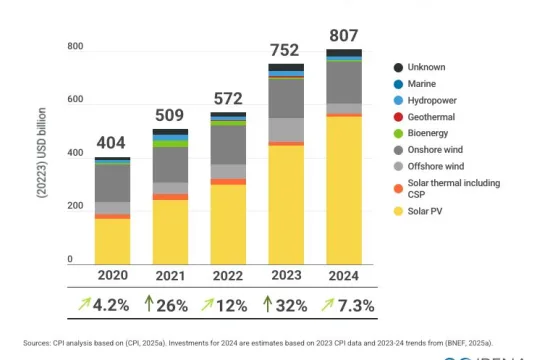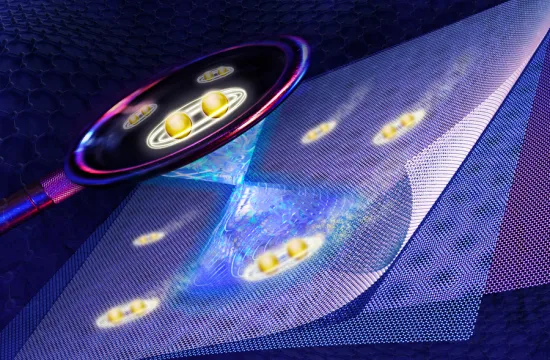
MIAMI — Bottlenose dolphins in the Florida Coastal Everglades have higher concentrations of mercury than any other populations in the world.
FIU scientists examined dolphins from the lower Florida Keys, Everglades National Park and Florida Bay, looking for mercury and organic pollutants in their skin and blubber. Not only did they find high mercury levels in the coastal Everglades dolphins, but they found the highest levels of concentration ever recorded. Potential sources of mercury are both natural and from man-made sources. The finding raises concerns about potential impacts on the health of local populations.
During the past several decades, a variety of marine mammal species from all across the world have experienced unusual die-offs, including bottlenose dolphins along the East coast of the United States. Some scientists believe toxic algae and toxic pollutants like mercury are the primary culprit. Mercury can disrupt the immune system and reproduction of dolphins, making the animals more vulnerable to infection and disease.
[pullquote]Results obtained on bottlenose dolphins from the Everglades were surprising, but we now need to assess the effect of mercury on the health of dolphins and other species from the Everglades,” said FIU marine scientist Jeremy Kiszka, who co-authored the study. [/pullquote]
Mangroves are thought to be the primary source of the mercury. When leaves are dropped into brackish swamp waters, the mercury from the mangroves interacts with bacteria and is converted to highly toxic methylmercury.
“Understanding the impact of pollutants on marine ecosystems, including from natural sources, is critical for conservation and management. Results obtained on bottlenose dolphins from the Everglades were surprising, but we now need to assess the effect of mercury on the health of dolphins and other species from the Everglades,” said FIU marine scientist Jeremy Kiszka, who co-authored the study. “This is a critical question for understanding the effects of pollutants on aquatic ecosystems, but also on humans, since we are also part of these ecosystems.”
Additional organic pollutants were examined as part of the study, including pesticides and other compounds. Some were found in the various populations of bottlenose dolphins throughout the southern tip of Florida, but mercury was found in much more alarming concentrations in the waters of the Everglades.
The research team plans to expand the study to examine mercury contamination in other species including sharks, alligators, fish and more. In addition to FIU, the research team includes scientists from the University of Liège in Belgium, the University of Gronigen in the Netherlands and the Tropical Dolphin Research Foundation in the United States. The findings were published in Environmental Pollution.







